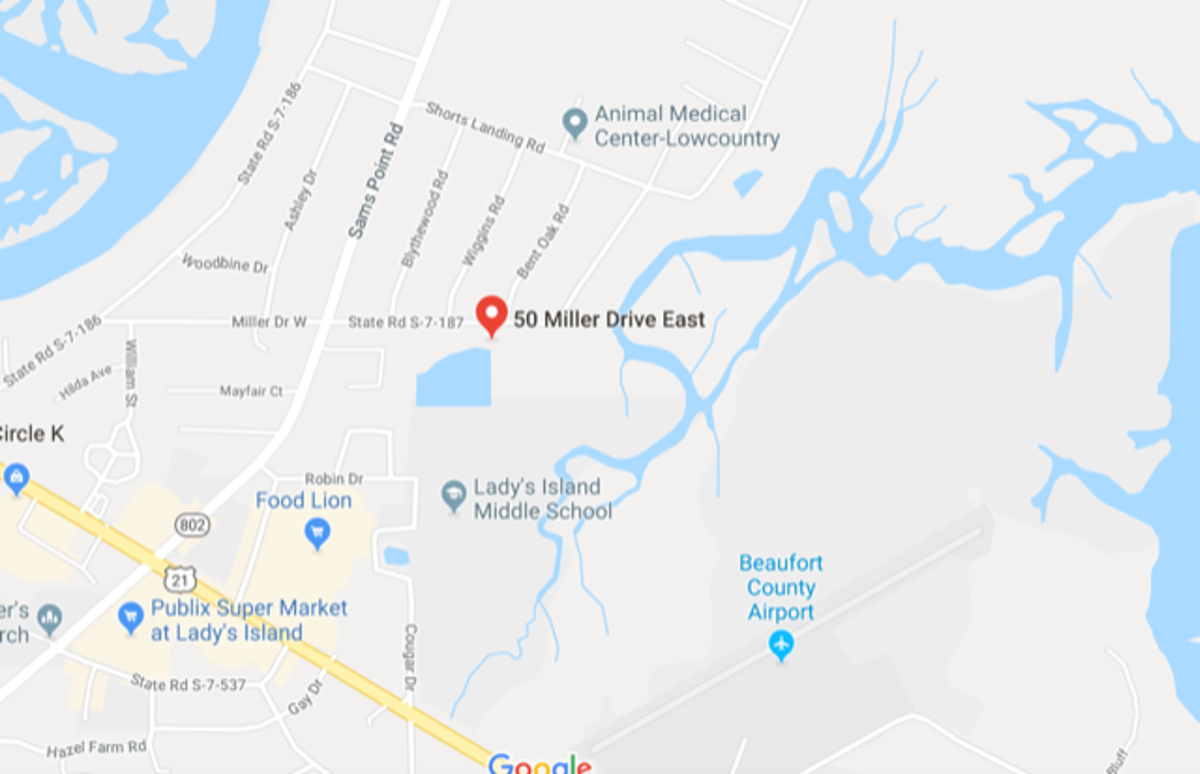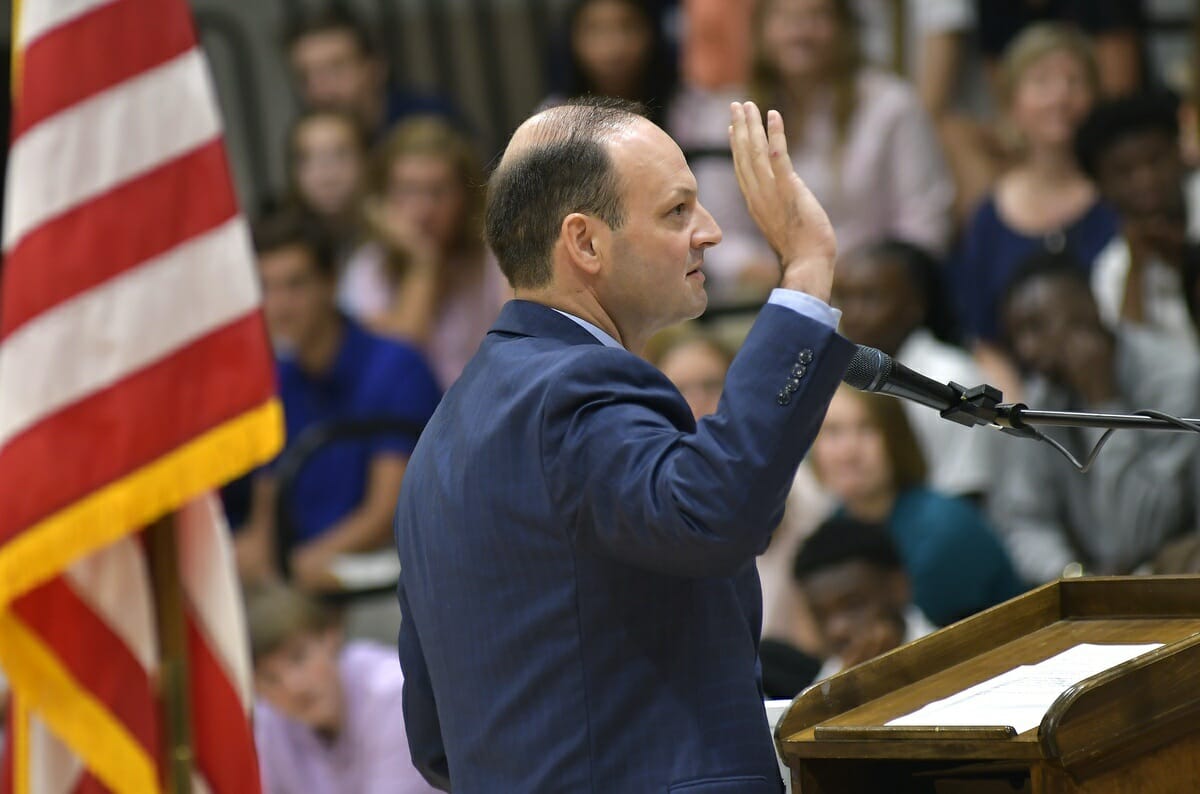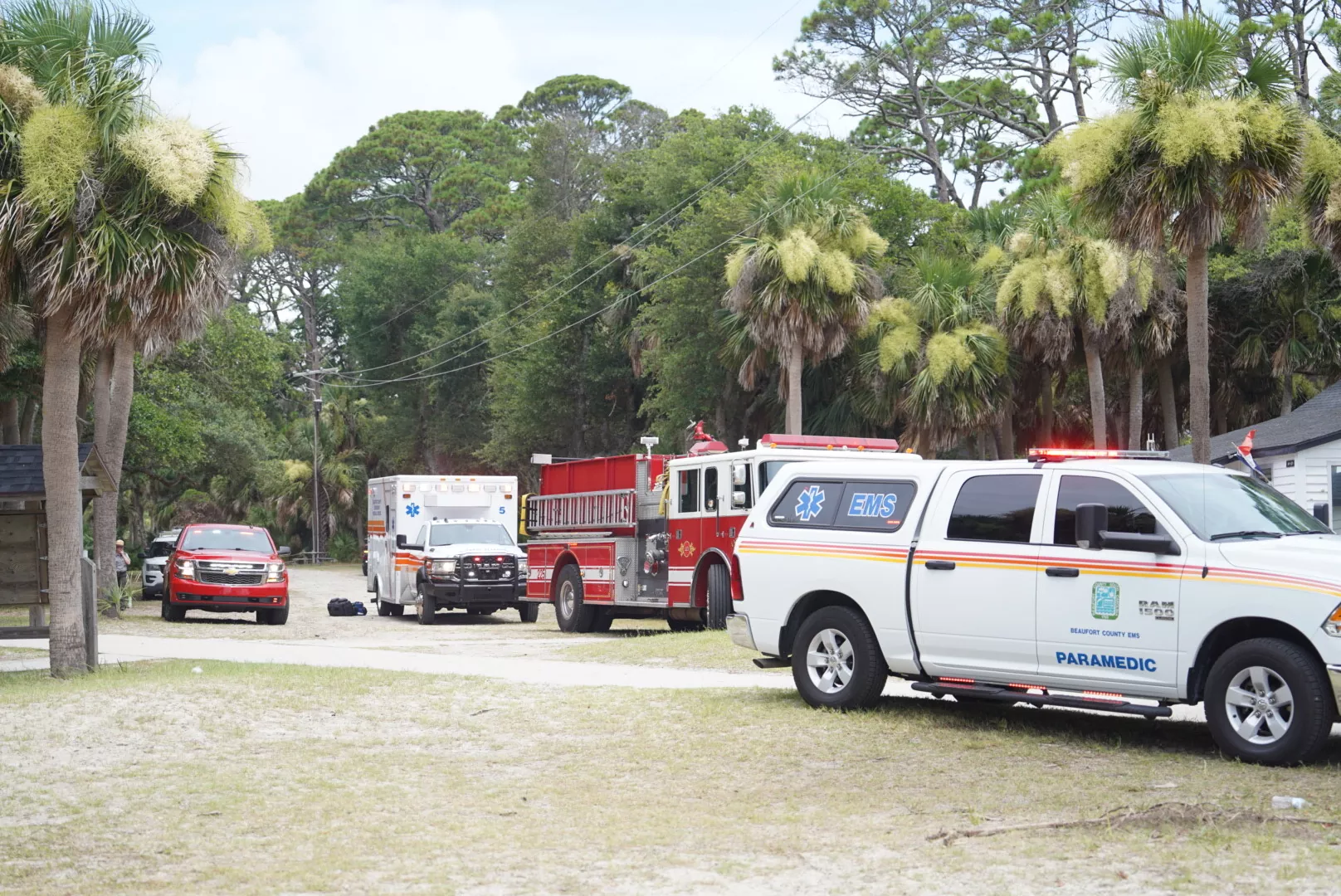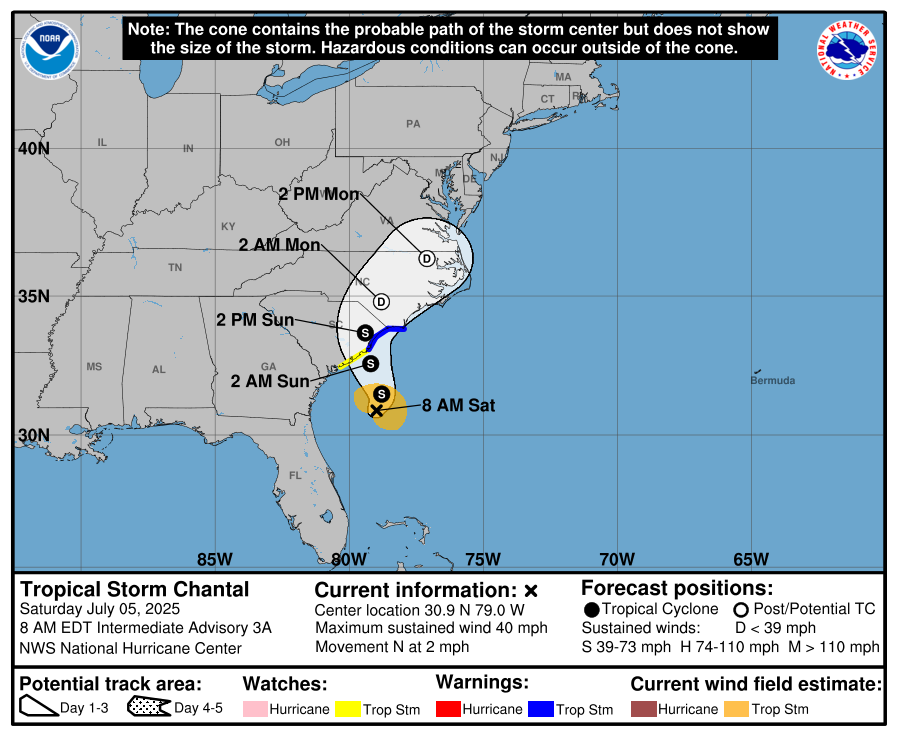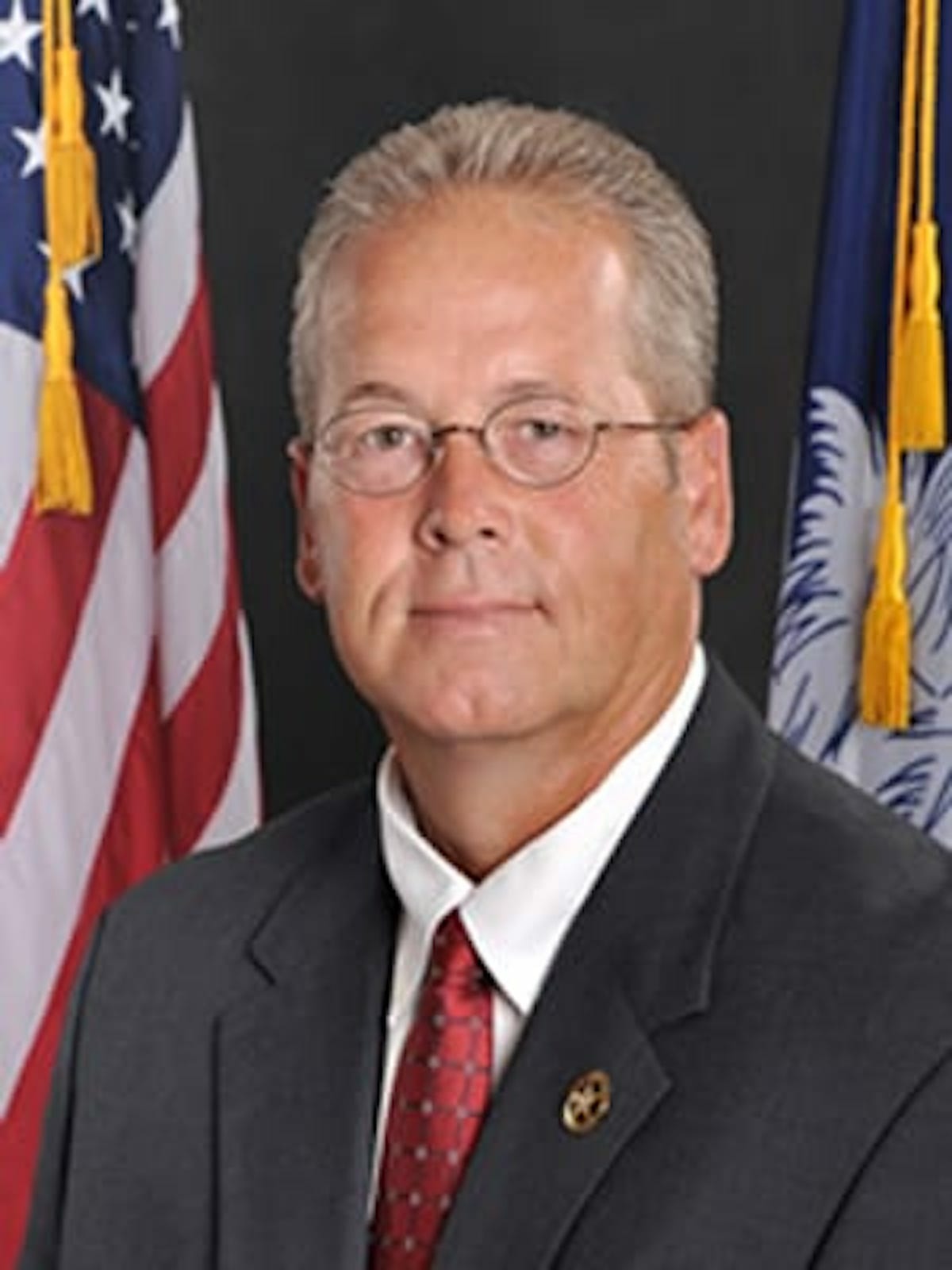Recent annexation requests to ‘up-zone’ may signal things to come for Beaufort County
By MINDY LUCAS
Janet Mulcahy still remembers how she felt when land along Sam’s Point Road was clear-cut for the 40-acre Oyster Bluff residential development near her Lady’s Island home.
Having moved to the island the year before to take care of her aging parents, Mulcahy was shocked at the sudden growth happening all around them.
Land had already been cleared to make way for a new Publix and shopping plaza, which opened in 2014, then came the Oyster Bluff development in 2016, followed by a Walmart that same year – all within a few miles of the family’s home.
So when requests to annex and rezone two properties on either side of Sam’s Point Road came before the city of Beaufort in July, it was more than she could bear.
“What is happening to our island?” an impassioned Mulcahy asked as she stood before members of the Beaufort-Port Royal Metropolitan Planning Commission on July 29. “It’s become the epicenter of let’s do everything.”
Hardly alone in her outrage, Mulcahy was joined by about a dozen other residents who voiced similar concerns at the meeting and were applauded by many more in attendance.
Ultimately, the commission voted to approve the two requests for annexation but paired back their accompanying zonings in favor of less density. The final decision rests with Beaufort’s city council which will take up the issue at its Aug. 27 meeting.
Up-zoning and jurisdiction shopping
Such requests are troubling for area residents and critics of unfettered development who say annexation and “up-zoning” is being used by developers as a tactic for circumventing an area’s current zoning restrictions in favor of one that allows for denser housing or commercial development.
What’s more, they say the requests to allow for denser zoning flies in the face of the recently adopted Lady’s Island Plan created to provide guidelines for growth and development on the island.
“The Sea Island Corridor Coalition does not object to applications for annexation. We bristle a bit at the use of annexation for jurisdiction shopping,” said Chuck Newton at the July 29 meeting. Along with the Coastal Conservation League, the coalition led the effort to create the Lady’s Island Plan after the Walmart and Oyster Bluff projects caused public outcry.
The two bids for annexation taken up at the July 29 meeting were the first two “relevant applications” to come up since the Lady’s Island Plan was adopted in April, Newton said.
The coalition did not have an objection to the zoning requested for a collection of properties along Williams Street and Mayfair Court totaling 6.9 acres since it was similar to the current zoning of adjacent properties.
However, the group had “serious concerns” with the annexing and rezoning of the other property, a 20-acre parcel at 44 and 50 Miller Drive East, Newton said at the meeting.
The property is “bounded on the east by marshes and water, and by the south by athletic fields and Lady’s Island Middle School. A large pond dominates the westerly half of the parcel. On the southwest and on the west and on the north are long-standing and fully developed residential neighborhoods,” he said. “For all intents and purposes, this parcel is an island in the middle of a residential neighborhood.”
The usual process
Exacerbating the problem is the fact that annexation and rezoning are often inextricably linked. When a property owner asks to be annexed into a city, that city or municipality usually has to consider what the new zoning will be.
“That is not an unusual process for cities across the state to follow,” said Scott Slatton, legislative and public policy advocate for the Municipal Association of South Carolina.
Though how you take up the process is not spelled out in the law, he said.
“It really is up to the city, and how you handle that process depends on the reaction you’re getting from residents, the public, property owners and also how much time and study you have to put into it,” he said.
The owner of the Miller Drive East property requested a change in zoning – from the county’s T3-HN to the city’s T4-N – which would have allowed for a mix of urban residential units and limited commercial development.
More specifically, the classification includes a “wide range of building types including, but not limited to, apartment buildings, mixed-use buildings, row-homes, duplexes, corner stores and both attached and detached single-family homes,” according to the Beaufort code.
While Newton said it was true that no one knew what the property owner had in mind for the parcels, which is currently up for sale, it was “unlikely” she was applying for annexation and re-zoning if the intent was to build something similar to the surrounding homes already there.
“Those are already permitted under the current zoning,” he said.
However, Michael Mark, a commercial real estate broker who represented the property owner at the meeting, disagrees.
Mark said a change in zoning was needed for the “flexibility” it offers in building homes on the site.
As defined by the Lady’s Island Plan, the current property is in the “Village” which is described by the plan as being characteristically a mixed-use space.
“We need the flexibility to make bigger lots and smaller lots,” he said. “If you tell me that every lot has to be a 100 by 150-foot lot or whatever size, you’re asking me to put a suburban neighborhood in the village neighborhood,” he said.
While Mark said he could not say “right now” what the owner or a potential buyer plans to do with the property, he did say rumors of a 200-unit apartment complex were untrue.
“There has never been a discussion that anything like that would happen,” he said.
In terms of annexation into the city, the owner made the request because she had “not been treated fairly by the county” in years past and “likes the way the city operates,” he said.
Would the owner rescind her application to be annexed then, since the planning commission turned down the requested zoning?
“It may impact going forward with the application,” he said.
Circumventing the plan
Still, there are those who remain concerned about unchecked development on the island and what these recent applications for annexation mean.
“To me it’s a matter of clear intent,” said Steve Holland, who lives “around the corner” from the Williams Street and Mayfair Court properties and less than a mile from the Miller Drive East property.
A Lady’s Island resident for 22 years, Holland said requests for annexation and zoning that allow for greater density signals a developer is interested in the land.
“It’s as plain as the nose on your face,” he said by phone recently. “I think we are in the midst of watching how one circumvents the Lady’s Island Plan.”
Holland, who attended many of the early community forums and planning sessions that led to the creation of the Lady’s Island Plan, was among those at the July 29 meeting who opposed the applications for annexation.
He said many residents who spent hundreds of hours putting together the plan were under the impression that developers would have to come before that group and disclose what they had in mind. One of the first meetings alone had more than 400 people in attendance, he said.
“What was the point in all those meetings?” he said. “Were they nothing but theater?
Robert Semmler, a member of the Beaufort-Port Royal Metropolitan Planning Commission who along with two other commission members sat on the steering committee for the Lady’s Island Plan, said the plan set forth specific guidelines for transparency and civic involvement.
It also asks that developers of major projects come before the community preservation committee.
“It was not required but it was suggested or encouraged,” he said at the July 29 meeting. “And this is a major development if it gets rezoned the way it is versus the way it could be.”
Semmler, who was the only member to vote against the annexation of the Miller Drive East property, said he was concerned that potential developers are bypassing the process for disclosing their plans to the community.
“We don’t want to stop development … but my concerns are with rezoning and what we’re doing to that community,” he said at the meeting.
“Once it’s rezoned, it’s out of our hands and they don’t have to come in front of the community preservation committee, they can go straight to city council,” he said. “… and we’re out of the picture and all of a sudden we have 200 apartments on Lady’s Island.”
Semmler said he encouraged whoever is interested in the Miller Drive East property to come before the community preservation committee.
“…And present their project and hear what the citizens say about it,” he said. “And that wasn’t done. It was bypassed completely.”
Why annexation?
So why consider annexation at all? Is there an upside to it?
For municipalities, annexation is a way to expand its tax base and increase the services it’s able to offer its citizens, according to the Municipal Association of South Carolina.
Favorable annexation can also attract jobs and businesses.
A Charleston recycling company that recently announced the move of its manufacturing arm to Northern Beaufort County cited annexation as one of the reasons it was able to take over the building it plans to renovate there, vacated by another manufacturer.
The company, Glass WRX SC, asked that the 37-acre site be annexed so it could have access to city services and more favorable tax incentives, said CEO Chris Fisher. The company plans to hire between 45 to 50 workers over the next two years.
However, critics of annexation say while the city may gain, those in the county are the ones who often lose.
“Annexation for the city does mean increased revenue, and our contention is, and again we’re not opposed to annexation per se, but often that is their primary criteria for considering these things,” said Newton when reached later by phone.
Another part of the Lady’s Island Plan aims to address how far the city can expand its reach.
The plan aims to limit the footprint of urban and suburban growth by reducing the existing growth boundaries, because the more the city annexes the more it can continue to expand its reach since the question to annex a property often comes down to what is adjacent to it, Newton said.
“…and because the city’s focus is on economic development, smart development and retention of moderate zoning often gets shortshrifted,” he said.
So while he thinks the city’s planning commission “did the right thing” in denying the requested zoning, he also thinks more work to incorporate the plan into the city and county’s planning processes needs to be done.
“Part of the problem with the Lady’s Island Plan is that it’s been adopted, but there was to be an intergovernmental agreement among the county and city,” he said. “Not simply adopt the plan but implement it, and we’re working to get that done.”
In search of protection
In the meantime, Janet Mulcahy has started a Facebook page for residents wanting to keep tabs on development projects in the area.
She says the community is “still very sore about what we saw happen,” referring to the Oyster Bluff development.
“We saw a beautiful piece of land clear-cut and cookie cutter houses went in overnight,” she said. “All the oak trees, everything was gone and the wildlife was pushed out.”
Oyster Bluff was the wake up call for the once “sleepy island community,” she said. “That started a whole lot of people saying, ‘What is happening here?’ ”
She says now, with the recent applications for annexation, the perception is that Beaufort is trying to protect its historic flavor, while pushing city services, residential development, shopping and other commercial businesses outside the city to Lady’s Island.
“They’re wanting to utilize Lady’s Island (for this) and that’s what’s frightening us,” she said.
She too wants to see the Lady’s Island Plan strengthened and wants to see greater protections afforded to the island.
“Beaufort is protected because it is historic, and Saint Helena (Island) is protected because of its natural beauty. Well Lady’s Island wants to be known for something other than a one-intersection dumping ground for everything,” she said. “We want to be protected too.”


